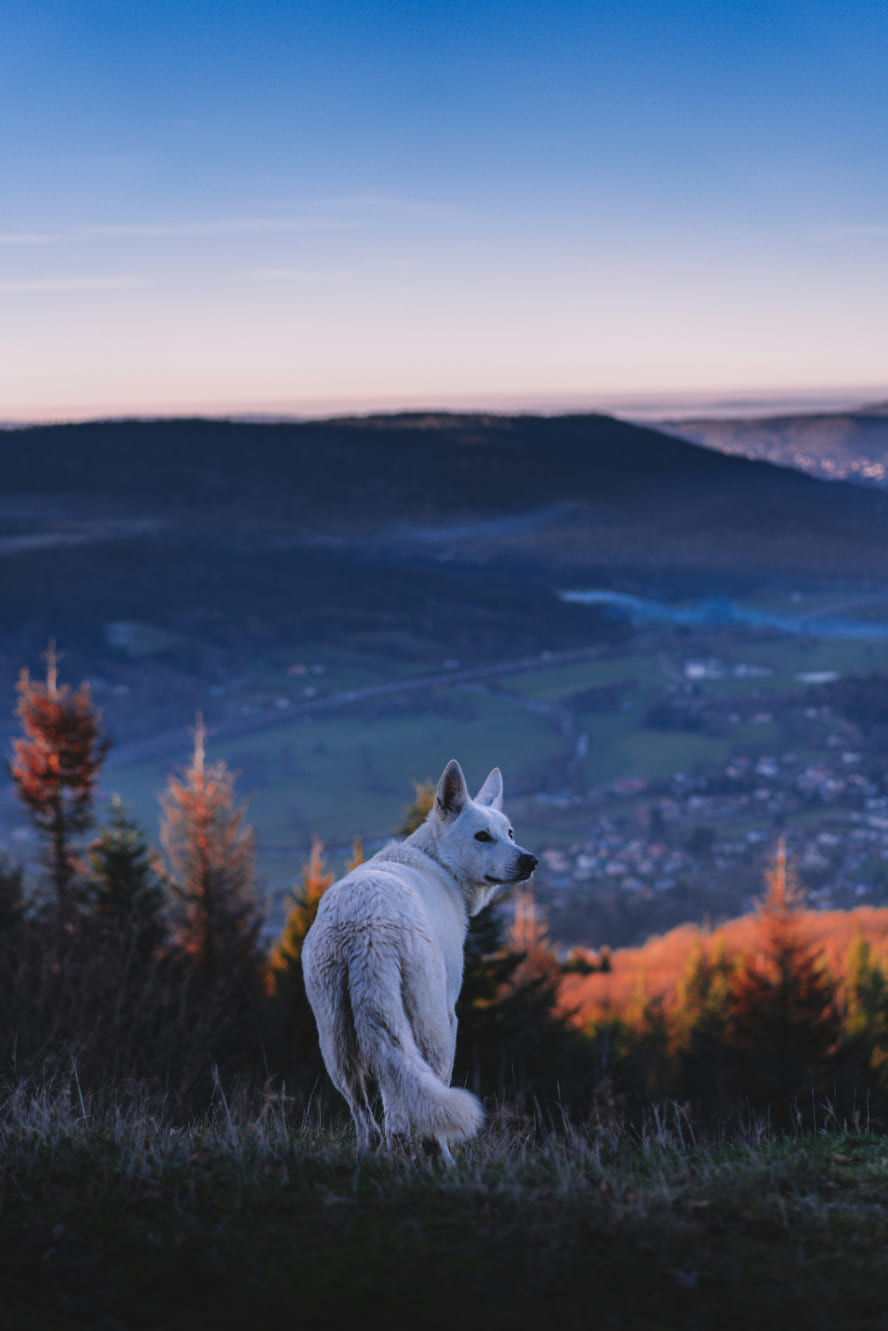Arctic Wolf: The Ghost of the Northern Forests

The Arctic wolf, often called the "white wolf," is a magnificent predator that roams the boreal forests and tundra of the Arctic Circle. These wolves are perfectly adapted to the harsh, cold environments they inhabit, where temperatures can plummet to -50°C. Their thick, white fur provides insulation and camouflage, blending seamlessly into the snowy landscapes.
Arctic wolves are highly social animals, living in packs typically consisting of a dominant alpha pair and their offspring. Pack cooperation is crucial for survival, particularly during hunting. Prey is often scarce in their remote habitats, so wolves must travel vast distances, sometimes up to 20 miles a day, to find food such as musk oxen, Arctic hares, and caribou.
Unlike their more southern relatives, Arctic wolves are less affected by human activities due to the remoteness of their habitat. However, climate change poses a growing threat, altering their ecosystem and impacting prey availability. Despite these challenges, the Arctic wolf remains a resilient symbol of the untamed wilderness, showcasing the delicate balance of life in the far northern forests.